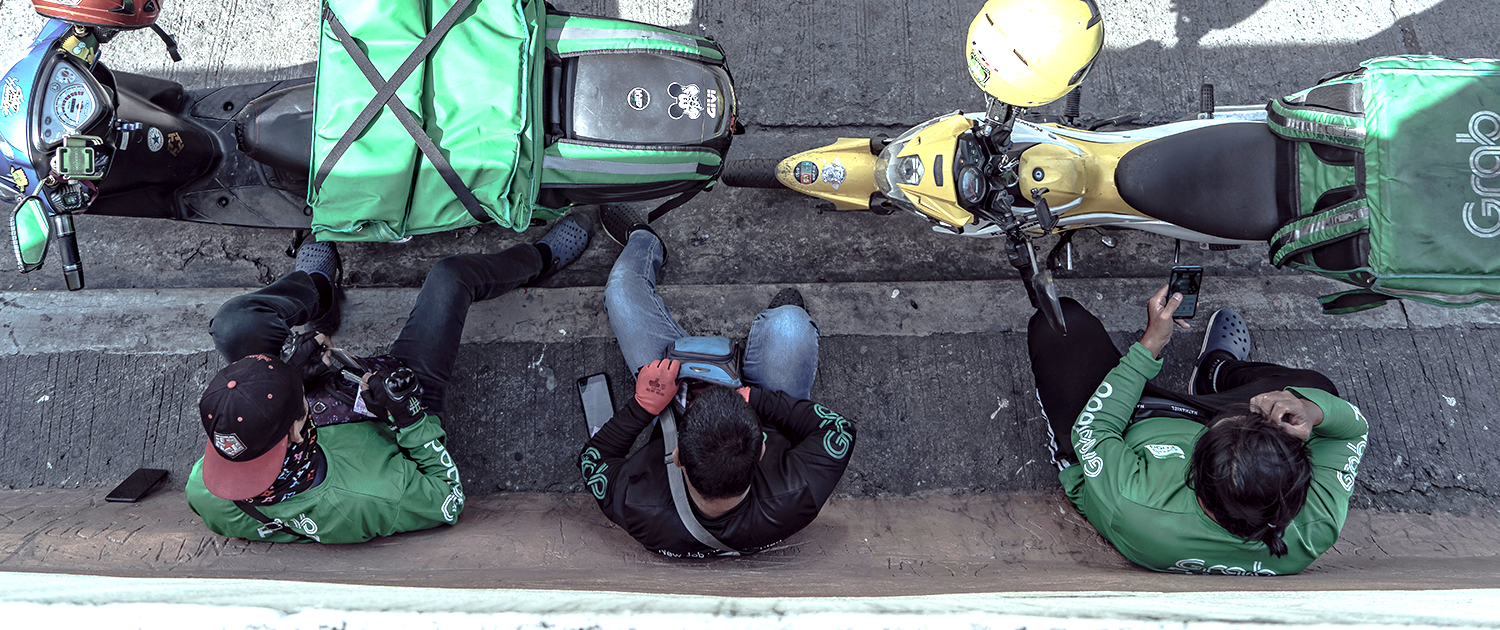This week, Asia Pacific’s largest international Internet conference, APRICOT 2023, is happening in the Philippines. We thought we’d shed some light on the health and resilience of the Internet in the host country for those who are participating in person or virtually.
Internet Resilience Doesn’t Meet High Usage
Philippines Internet users are well-known for their exceptional Internet usage habits, regularly ranking among the top three countries for hours spent using the Internet per day (Figure 1).

However, Internet usage is not a reflection of the health or resilience of the underlying core of the Internet network in the Philippines. To clarify what we mean by resilience, a resilient Internet connection maintains an acceptable level of service in the face of faults and challenges to normal operation.
In 2021, the Philippines had an Internet Resilience Index of 45.42% and was ranked 23rd out of 37 APAC countries and 7th in South East Asia (Table 1).
| # | Country | Internet Resilience Index (%) | Infrastructure (%) | Performance (%) | Security (%) | Market Readiness (%) |
| 1 | Singapore | 74.11 | 18.89 | 24.09 | 13.94 | 17.19 |
| 2 | Brunei Darussalam | 57.78 | 9.81 | 20.47 | 14.38 | 13.13 |
| 3 | Malaysia | 55.14 | 12.09 | 15.01 | 14.02 | 14.03 |
| 4 | Viet Nam | 54.94 | 10.96 | 19.03 | 12.83 | 12.12 |
| 5 | Thailand | 54.44 | 9.91 | 18.79 | 13.63 | 12.11 |
| 6 | Indonesia | 46.18 | 10.26 | 12.41 | 11.11 | 12.40 |
| 7 | Philippines | 45.42 | 13.58 | 12.28 | 9.90 | 9.65 |
| 8 | Cambodia | 44.49 | 10.90 | 14.64 | 10.15 | 8.80 |
| 9 | Lao PDR | 43.70 | 5.27 | 15.36 | 13.64 | 9.43 |
| 10 | Myanmar | 42.68 | 7.05 | 12.28 | 16.09 | 7.26 |
| 11 | Timor-Leste | 37.42 | 9.72 | 8.62 | 10.43 | 8.65 |
Let’s unpack these stats to understand the Internet challenges in the Philippines and how locals are working to improve resilience.
Infrastructure is expanding
In terms of its infrastructure score, the Philippines ranks quite high compared to its regional neighbors. This has a lot to do with the coverage and robustness of its mobile network, with 4G coverage servicing 80% of the population. And as of April 2022, 98 cities in the Philippines also have 5G network coverage.
Its fixed-line coverage is also admirable—given that it is an island nation comprised of 880 habited islands—with 89% of the population within 25km of fiber infrastructure (Figure 2).

Climate, Geography Makes Maintaining the Internet Expensive
This point of geography is important for assessing the market readiness in the Philippines.
Not only do Internet Service Providers (ISPs) in the Philippines need to connect and maintain infrastructure across its hundreds of islands, but they also need to consider the mountainous and tropical topology, and the fact that it sits on the seismically active Ring of Fire. Further to this it experiences intense tropical storms each year, that regularly displace thousands and halt all business and disrupt communication and power infrastructure for days.
These factors are sure to be part of the reason why the Philippines is among the countries with the least affordable Internet services in the world, especially for fixed broadband, which on average is more than 11% of the Gross National Income per capita, meaning for every $100 you earn you’d spend $11 of it to pay for your fixed Internet. For comparison, the average for the Asia Pacific is 3%.
Other factors that have played a part in the high cost of connectivity until recently include the telecommunications duopoly and outdated laws.
Performance is Improving
While the Philippines’ Internet performance ranks among the lower quarter of South East Asia countries, it has been improving considerably in recent years.
According to Speedtest Intelligence, mobile download speeds have increased by 25% in the last 12 months to be now ranked 82nd in the world while fixed broadband download speeds have increased by 100% (41st) (Figure 3). Both of these figures outpaced the annual global increases of 16.8% and 28.4%.

The government has taken some credit for these increases by launching a five-year roadmap to improve connectivity in unserved/underserved areas, including looking at satellite technologies, increasing competition by awarding a third ISP license to DITO in 2019, and fast-tracking permits and processes to allow telcos to expand infrastructure.
A Growing Need to Protect the Core
The Philippines ranked 61st out of 194 countries in the ITU Global Cybersecurity Index in 2020 (Figure 4). While it ranked high for its legal and cooperative measures, the report notes the potential for it to improve its technical, organizational, and capacity development measures.

Three technical security measures that Pulse reports on are the percentage of local websites that use HTTPS as well as DNSSEC and RPKI validation.
| PH | Globally | |
| HTTPS | 86% | 96% |
| DNSSEC validation | 40% | 31.42% |
| RPKI validation | 29.84% | 59% |
Impressively, the Philippines ranks above the global average for DNSSEC validation, as per Pulse partner APNIC Labs, having only been at 27% at the start of the year.
In terms of the other two indicators, there is room for improvement, particularly RPKI validation which is an indication of how vulnerable core networks are to cyberattacks and misconfigurations which can take entire countries offline.
Learn more about RPKI and how you can secure your routes.
Users Have the Power to Enact Change
Like most countries, the pandemic highlighted just how important a resilient Internet is to the Philippines. Perhaps more so given the population’s already high Internet usage, combined with the lengthy stay-at-home orders the Philippines faced, which at one stage required the government to call for video streaming platforms to manage their streaming bitrates to help free-up bandwidth and ease data congestion.
Add to this the uncertainty of climate change, and it’s apparent that there’s a lot of work ahead for those who are growing and strengthening the internet in the Philippines to meet its user’s growing needs, as well as connecting the 35 million unconnected.
Keeping the Internet protected as the people’s resource doesn’t happen by itself. It’s up to all of us to act. You can make a difference today that will drive real results. Join us in making the Internet more trustworthy, reliable, and secure in the decades to come.
Photo by Jason Miraples on Unsplash


